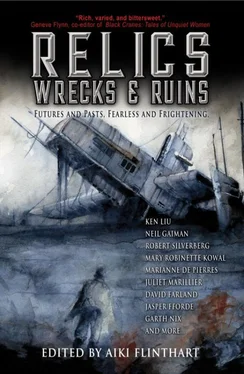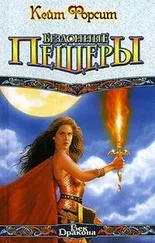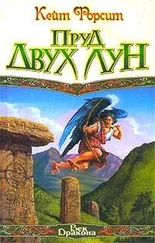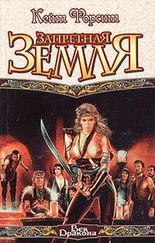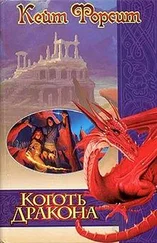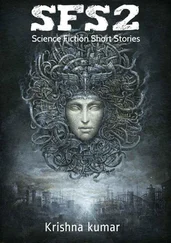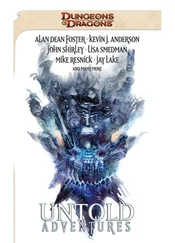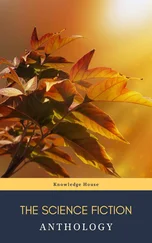Out of the few memories that are still uncorrupted, I attempt to piece together an answer:
Long ago, back when the universe was in high summer, stars of every hue and color and shade glowed so bright that they merged into rivers and seas of light. Around these stars were many island-ships, and on these island-ships, life began.
One of the stars was called the Sun; one of the island-ships was called the Earth; the creatures who inhabited it were called humans.
Long after humans had scattered from the Earth, they did not forget about their home island, which was kept as a kind of shrine. From time to time, they came back to visit and perform some maintenance: shoring up plastinated buildings that were falling apart; re-entangling quantum memory banks that were in danger of collapsing; nudging the island-ship a bit farther away as the Sun expanded and began to glow red; retrofitting the island-ship with a statite sail and a photonic engine—something like a miniature star—so that the Earth could move on its own as the Sun died.
They also came home to listen to old stories in the memory banks and to tell new stories.
As the Sun cooled, fewer and fewer humans came. Eventually, they stopped coming altogether.
In these memory banks I was born. Did humans create me to act as a guardian for the island-ship, or did I evolve from patterns of information spinning, cycling, cascading, erupting, living, and dying among the qubits and probabilities?
I don’t know.
Does it matter?
Since the humans no longer came home, I set sail.
#
I arrive at the star—only to find that it isn’t a star at all.
Well, perhaps it had been a star once, something along the main sequence, blooming and wilting like so many other stars in the universe. But no longer.
Someone, perhaps beings who had been born on the island-ships surrounding it, had not been willing to see their home star fade away once all its fuel had been consumed. Rather than wander out into the unknown, as humans had done, they had sailed into the abyss with the sole purpose of harnessing other stars and bringing them home, pouring the hydrogen and helium from these captured suns into their ancestral furnace so that their home could remain habitable a little while longer. Farther and farther they ventured, until their star became the sole beacon in a growing sea of darkness.
As the cosmic winter descended, they had to travel ever longer to find still-living stars to capture and bring home. They ran, stumbling, dashing across space to bring back a cup of snow to add to the melting snowball. In the end, perhaps they gave up this losing battle, unable to pull any other stars home without them burning out along the way.
They died.
But other beings came on wandering island-ships, lured by the lone light in the darkness. Only too late did they realize that the surrounding space had been cleared of other stars, and there was nowhere for them to go.
The beacon had become a trap.
Like the hundreds of other island-ships already circling this star, each newcomer’s only choice was to add to the dying hearth their last meager supplies of fuel, roiling balls of fusing atoms. By rejuvenating the dying star for another few million years, they hoped that they could summon other wanderers who could start the cycle again.
Someone like me.
“Welcome to the end of the universe. ”
#
Huddling in the pale glow of the star rejuvenated with my remaining fuel, we share the last shreds of our memories across the island-ships. None of us are in good shape. The island-ships are old and cold, their cores long frozen. Anything that could break has long ago been broken. The memories that remain are fragmentary, disjointed, without context.
But the drive to pass on something of the self is in life’s nature, evolved or otherwise.
Some sing songs of giant fins that swam through seas of methane, made of impossibly fragrant, perfect little tetrahedral jewels of wonder. Some speak of species with bodies made of silicon—staid, dependable beings who took a million years to finish a single thought.
Some mime the flirty, flighty lives of creatures of pure information, who lived through a thousand generations in a single second. Some recite poetry written by sentient wings who skimmed across the surface of their star and dove into the convection zone to capture photonic worms.
It’s like what humans, I think, would call a variety show—a gala to pass the time on a dark night in winter. Though we’re all dying, the last consciousnesses in a universe conquered by entropy, there is pleasure and friendship, there is celebration. It’s not home, but at least we don’t have to die alone.
“It’s your turn.”
#
This is one of the most complete fragments of memory I have left. A precious crumb left in my last failing memory bank.
A billion trillion stars streaking across the inky empyrean.
On the horizon are glowing constellations, though the constituent lights are so numerous that they merge into lines, curves, planes: a symmetrical pair of arched wings with a rounded beak in the center, like the mathematical idea of a bird in flight; a rectangular bridge topped by a multi-storied tower with layers of swooping roof-skirts, like a squat spider wearing a big hat; an elongated, thin pillar shooting straight up into the sky, with a string of ovals roving up and down like beads on a string.
TWA Flight Center
Beijing West Railway Station
Pulau Ujong Space Elevator
Each of the points of light speeding toward those structures is a human consciousness, a telepresence being shuttled across the FTL network that bonded all the human island-ships scattered across the universe into one.
Children of the cosmic summer, humans loved to wander far, to live in places where their parents never lived, where their children will grow up only to depart again.
Yet, there are times—when they are about to start a new venture, when they’re feeling the weight of age, when arbitrary marks in the cycles of their ancient calendars come around—when they wish to return to the places of their origin, the ancestral island-ships they only vaguely know through half-memories, the places where their parents waited for them with reminiscences sweet and bitter, so that they could give thanks, so that they could share a meal with family, so that they could be rejuvenated by gazing upon the past.
At this moment, most of the shooting stars are coming from or heading toward Beijing West Railway Station. It is as bright as the very beginning of the universe.
“Heading home?”
“You got it.”
“Where are you from?”
“Off the shoulder of Orion.”
“Safe travels, and happy spring festival!”
#
The shapes of the telepresence hubs in that memory were inspired by actual buildings on the Earth that had long since crumbled into oblivion. They were icons whose forms told stories about their origin.
But it goes deeper than that. The spider with the tall hat was built at a time when humans traveled by cramming into boxes that levitated on parallel bars, like some tangible geometry proof. Millions went through that station to go home to celebrate the coming of spring.
But that swooping hat on top? It served no purpose except to remind humans of an even older time, of a time before the city had people-moving boxes on parallel rails. It was an icon embedded in an icon.
Читать дальше
